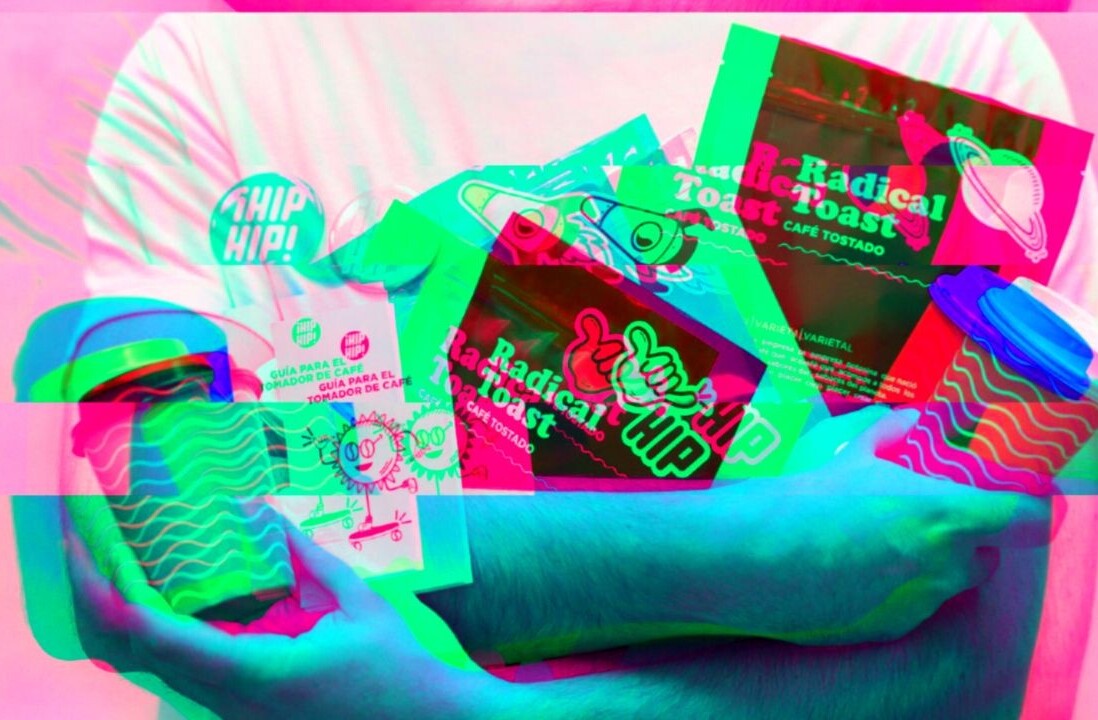
Nathan Parcells is co-founder and CMO of InternMatch, an online platform connecting the best intern candidates and employers. Connect with Nathan and InternMatch on Facebook, LinkedIn, and Twitter.
Transforming your passionate customers into your company’s marketing team might sound crazy, but just might work — especially when those customers happen to be students with a captive campus audience.
More and more companies are embracing brand ambassador and campus ambassador programs in order to get the word out about their product or service. With social media marketing taking off, it only makes sense to get your best customers chatting in-person and over social channels.
After all, a 2013 study found 79 percent of consumers trust online reviews as much as personal recommendations.
When it comes to your local (or not-so-local) college campus, it’s time to stop ignoring this young consumer base. A 2011 study by re:fuel found students still control nearly $417 billion in disposable income. With the right brand ambassador program, you can improve your social standing, enhance brand recognition, and tap into the lucrative campus market.
Here are some key ways companies large and small — from new startups like Lyft to established giants like Google — are doing brand ambassador programs right:
Promote your program like Lyft
The first step to getting brand ambassadors is to actively promote your program and make your brand ambassador openings easy for interested candidates to apply. This means collecting all of the information about your program and storing it in one place for easy retrieval.
Social ridesharing service Lyft houses ambassador openings and information in one location, along with pictures and videos to give students a better idea of the company.
Your brand ambassador program page should be as well-populated and all-inclusive as your company’s career page. You need to sell interested candidates on the perks, benefits, and company culture in order to target the right ambassadors and convince great candidates to join your team.
Entice your target audience with freebies like Google
After gauging prospective ambassadors’ attention, it’s time to get them in the door. Sure, some of these people will be motivated to work primarily for experience, especially when recruiting college students. However, most brand ambassadors will be looking for a little reciprocity from the brand they choose to represent.
Smart brands know that offering a few free perks can expand an ambassador program a lot faster than offering experience as the primary motivator.
Just look at Google, whose now well-established student ambassador program started life as the “Google Pizza Program.” What was the Google Pizza Program and how did it help Google infiltrate campuses? The main idea involved Google campus ambassadors buying pizza for their computer science peers during tough times and around deadlines.
This helped Google create buzz around the company and form ties with talented programmers and IT superstars, the same type of top-level talent the organization would later hope to recruit. By giving out free pizza, Google created a bond with their next generation of consumers and put recruiting building blocks into place.
Host events like HootSuite
According to a recent survey, branded live events are the No. 1 driver of brand recommendations. These events clock in at 65 percent, beating out even a friend’s recommendation (63 percent) in importance when it comes to brand experience.
Knowing this, many campus ambassador programs make events an integral part of marketing efforts in order to attract new consumers. For instance, social media metric company HootSuite empowers users and brand ambassadors to host “HootUps.” These gatherings are put together by campus ambassadors and fans of the company, and involve discussions of social media best practices and networking.
The events are branded with HootSuite swag, yet they offer students real-world value and the ability to make great contacts. If your events offer consumers and customers something useful, they’ll be likely to equate your brand with providing concrete value to their lives.
Put down roots in the community like Uber
Perhaps the most important aspect of any ambassador program, whether your best people live on a campus or not, is to grow your roots in a particular community.
On-demand car service Uber encourages ambassadors to go out into the community and make connections with students, teachers, and local businesses. A perk of helping Uber expand into new communities is free rides, company swag, and access to cutting-edge new company programs.
The primary function of any ambassador program is to get the word out about the company, recommend its services, and foster brand awareness. By hosting events, taking to social media, and being a brand resource, your ambassadors are planting deep roots within their community for your company. These roots can soon flower and grow into flourishing connections driving new customers and business your way.
If you offer value to your brand and campus ambassadors, they will repay you by helping your company expand its reach. Great ambassadors can take your organization to places it’s never been before and build up communities of users and fans.
As long as you utilize good perks, promote your program, and understand what users want, your ambassador program will pay off in spades.
What do you think? How do you utilize a brand ambassador or campus ambassador program? Share in the comments!
Get the TNW newsletter
Get the most important tech news in your inbox each week.




